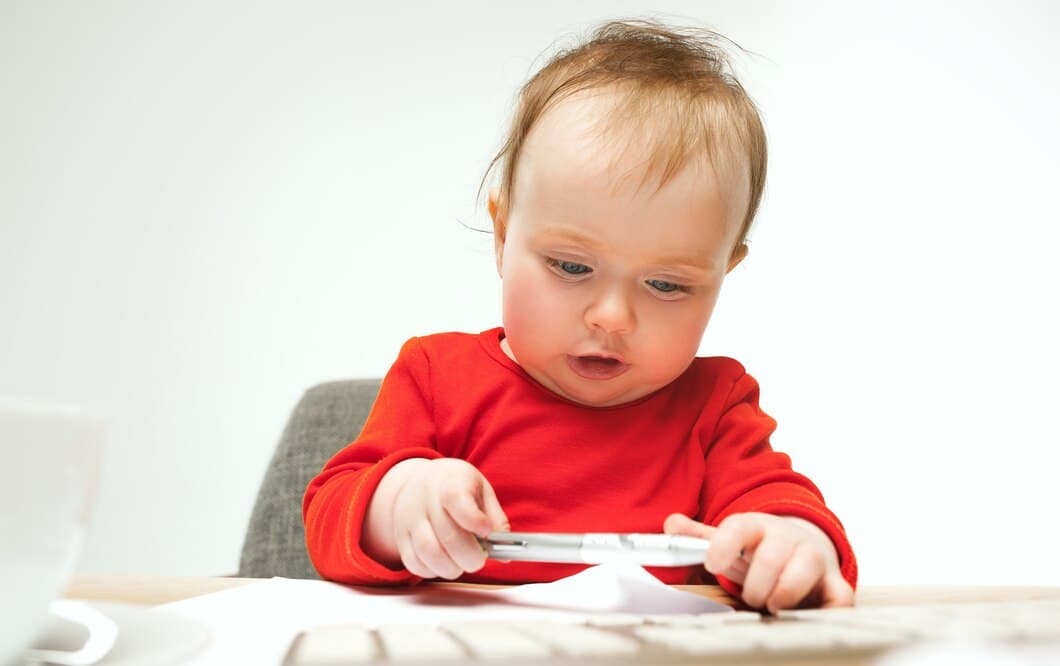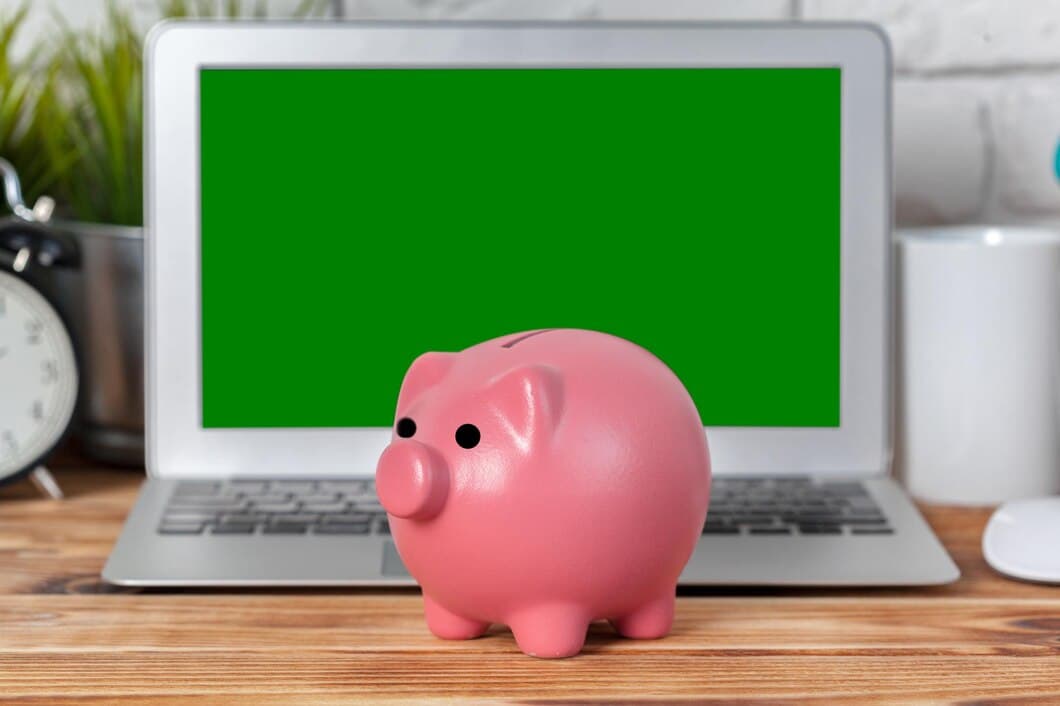How To Clean A Laptop Keyboard With Sticky Keys Without Removing Keys And Without Liquid?

Sticky laptop keys can be frustrating and annoying, but there are ways to clean them without removing the keys or using liquid. One method is to use a cotton swab dipped in rubbing alcohol to gently clean the keys. Another method is to use a can of compressed air to blow out any debris or dust that may be causing the keys to stick.
If the keys are still sticky after trying these methods, you may need to take the laptop to a professional for cleaning. However, with a little patience and care, you can often clean sticky laptop keys yourself without having to resort to drastic measures.
Use a soft brush to remove loose debris.
Use compressed air to dislodge the bulk of the debris. A soft brush can then be gently used to remove any loose debris that remains. A soft-bristled paintbrush works well, but any other soft brush will do. If you are working on a laptop, be sure to hold the laptop upside down so that the loose debris falls out and does not get trapped inside the machine.
If there is still some sticky residue or grime on the keys, you can use a cotton swab dipped in rubbing alcohol to clean it off. Rubbing alcohol is a great solvent for removing sticky residue, and it will not damage the keys or the keyboard.
Once you have cleaned all of the keys, use a clean microfiber cloth to wipe down the entire keyboard. This will remove any remaining dust or debris, and it will also help to prevent the keys from getting sticky again.
If your keyboard is still not working properly after cleaning it, you may need to take it to a professional for repair. However, in most cases, cleaning the keyboard yourself will be sufficient to fix the problem.
Use a cotton swab dipped in isopropyl alcohol to clean the keys.
If your laptop keyboard is sticky but you don't want to remove the keys or use liquid, you can clean it with a cotton swab dipped in isopropyl alcohol. This will help to remove any dirt or debris that may be causing the keys to stick.
To do this, first turn off your laptop and unplug it from the power outlet. Then, slightly dampen a cotton swab with isopropyl alcohol and gently wipe down each key. Be sure to get into all the nooks and crannies, but avoid using too much alcohol, as this could damage the keys.
Once you have cleaned all the keys, allow the keyboard to dry completely before using it again. This should help to resolve the stickiness and get your keyboard working properly again.
Use a vacuum cleaner to remove any remaining debris.
If there's any remaining debris, use a vacuum cleaner to remove it. Make sure to use the appropriate attachment for your vacuum cleaner so that you don't damage the keys. Vacuum the keyboard thoroughly, making sure to get into all the nooks and crannies.
Once you've vacuumed the keyboard, it should be clean and free of sticky keys. If there are still some sticky keys, you can try using a cotton swab dipped in rubbing alcohol to clean them. Be sure to test the rubbing alcohol on a small area of the keyboard first to make sure it doesn't damage the keys.
Use a compressed air can to blow out any remaining dust and debris.

If you don't have a vacuum cleaner, you can use a compressed air can to blow out any remaining dust and debris. This is a great way to get into all the nooks and crannies of your keyboard, and it's also a good way to remove any loose keys.
To use a compressed air can, simply hold the can upright and point the nozzle at the keyboard. Then, press the button to release the air. Be sure to move the nozzle around so that you can get all of the dust and debris out. Once you're finished, use a microfiber cloth to wipe down the keyboard and remove any remaining dust.
Use a keyboard cleaning gel to remove any remaining dirt and grime.
Once the first two steps are complete and the loose debris is removed, bring in the heavy artillery: keyboard cleaning gel. This pliable substance will reach into those pesky nooks and crannies and cling to any remaining dirt and grime. Simply knead the gel and press it onto the keyboard, gently massaging it into the keys. The gel will pick up all the remaining gunk, leaving your keyboard sparkling clean. Once the gel is saturated with dirt, discard it and start with a fresh piece until the keyboard is completely clean.
You can also use a cotton swab dipped in rubbing alcohol to clean the keys. Be sure to wring out the cotton swab so that no excess alcohol drips onto the keyboard. Gently rub the cotton swab over the keys, being careful not to press too hard. After cleaning the keys, use a dry cotton swab to dry them off.
If your keyboard is particularly dirty, you may need to repeat these steps several times. Once the keyboard is clean, be sure to allow it to dry completely before using it again.
Use a microfiber cloth to wipe down the keyboard.
Once you have removed any large particles or crumbs from your keyboard, it's time to wipe it down. Use a microfiber cloth to wipe down the keyboard. Microfiber cloths are great for cleaning because they are very soft and won't scratch your keyboard and they are also very effective at picking up dirt and dust. Wipe down the keys, the space between the keys, and the sides of the keyboard. If there is any stubborn dirt or grime, you can use a cotton swab dipped in isopropyl alcohol to clean it up.
Once you have wiped down the keyboard, let it dry completely before using it again. You can speed up the drying process by using a fan or hair dryer on a cool setting.
Use a UV light to disinfect the keyboard.
If your laptop keyboard is not responding or sticking, you can use a UV light to disinfect the keyboard. UV light is a type of electromagnetic radiation that has a wavelength shorter than visible light but longer than X-rays. UV light can kill bacteria and viruses, so it can be used to disinfect surfaces. To use a UV light to disinfect your keyboard, simply hold the light over the keyboard for a few minutes. The UV light will kill any bacteria or viruses that are on the keyboard, and your keyboard will be disinfected.
UV light is a safe and effective way to disinfect surfaces. It is used in hospitals, clinics, and other healthcare settings to disinfect equipment and surfaces. UV light can also be used to disinfect your laptop keyboard at home. If your keyboard is not responding or sticking, try using a UV light to disinfect it. It is a quick and easy way to clean your keyboard and get it working properly again.
Use a keyboard cover to protect the keyboard from future spills and dirt.
If you want to prevent future spills and dirt from damaging your laptop keyboard, using a keyboard cover is a great way to do so. Keyboard covers are thin, transparent covers that fit over your keyboard and protect it from spills, dust, and other contaminants.
Using a keyboard cover is a simple and effective way to protect your keyboard from damage. They are also easy to clean and can be reused multiple times. Keyboard covers are available in various sizes and styles, so you can find one that fits your laptop perfectly.
Here are some tips for using a keyboard cover:
- Make sure to clean your keyboard before applying the cover. This will help to remove any dirt or debris that could get trapped between the cover and the keyboard.- Apply the cover to your keyboard and smooth out any wrinkles or bubbles.- Be sure to remove the cover when you're not using your laptop to allow it to breathe.
Use a keyboard tray to keep the keyboard clean and organized.
A keyboard tray can be a great way to keep your keyboard clean and organized. By keeping the keyboard off of your desk, you can help to prevent dust and crumbs from getting into the keys. Additionally, a keyboard tray can help to improve your posture by keeping your keyboard at a more comfortable height.
There are many different types of keyboard trays available, so you can find one that fits your needs and your budget. Some keyboard trays are simply a platform that you place on your desk, while others are more elaborate and include features such as adjustable height and tilt.
If you are looking for a way to keep your keyboard clean and organized, a keyboard tray is a great option. It is a simple and affordable way to improve your typing experience and protect your keyboard from damage.
Here are some tips for using a keyboard tray:
- Make sure that the keyboard tray is the right size for your keyboard.
- Adjust the height and tilt of the keyboard tray so that it is comfortable for you to use.
- Keep the keyboard tray clean by wiping it down with a damp cloth.
Frequently Asked Questions
What causes sticky keys on a laptop keyboard?
Sticky keys can be caused by dirt, dust, or food particles getting under the keys. These particles can build up over time and cause the keys to stick when pressed.
How often should I clean my laptop keyboard?
It is a good idea to clean your laptop keyboard regularly, especially if you use it frequently. The frequency of cleaning will depend on how often you use your keyboard and how dirty it gets.
Can I use a vacuum cleaner to clean my laptop keyboard?
No, you should not use a vacuum cleaner to clean your laptop keyboard. The suction from the vacuum cleaner can damage the keys or the keyboard itself.
Is it safe to use rubbing alcohol to clean my laptop keyboard?
No, you should not use rubbing alcohol to clean your laptop keyboard. Rubbing alcohol can damage the keys or the keyboard itself.
To Sum Up
To sum up, you can use compressed air, a soft brush or a sticky note to clean the keyboard without removing the keys or using liquids.
Compressed air is useful for removing crumbs and other large particles, while a soft brush can help to dislodge dust and debris. A sticky note can be used to remove sticky substances from the keys.




